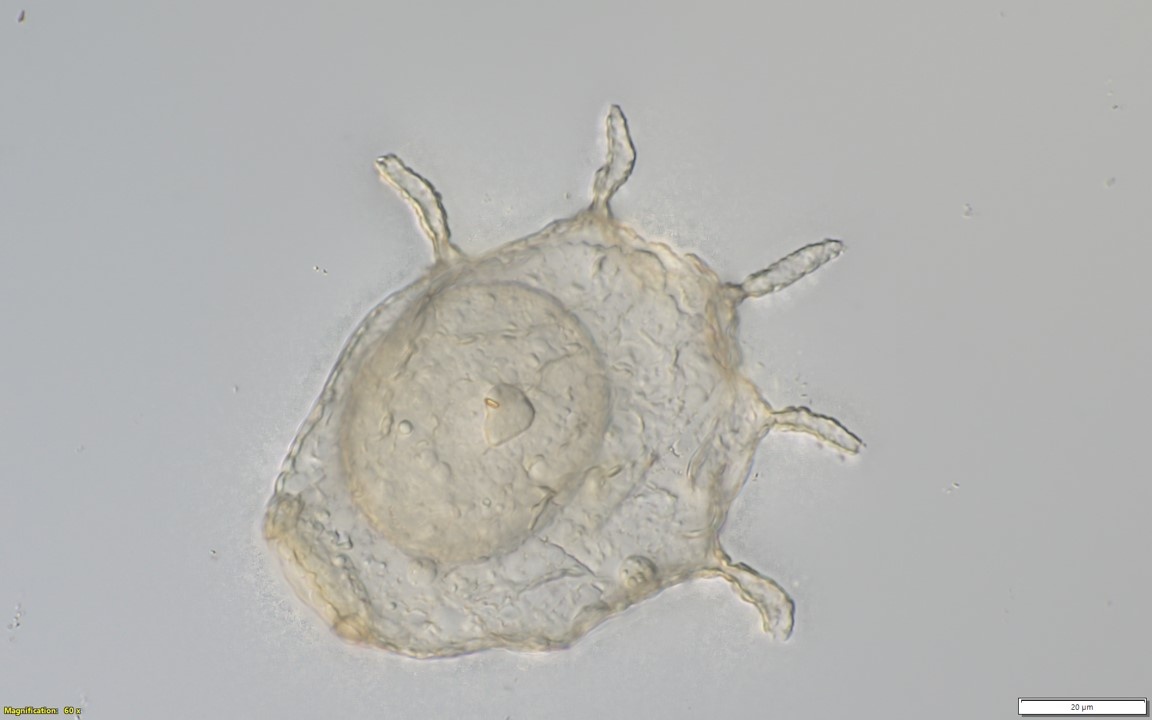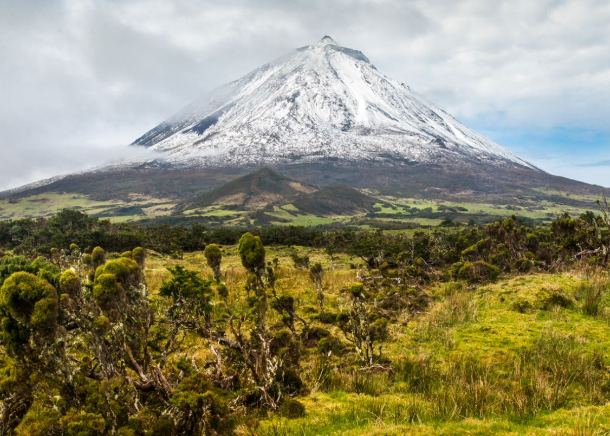
Summary:
Gobal patterns of plant and animal diversity have been known for more than two centuries, but we still have a very incomplete picture of the diversity and distribution of soil organisms. Hence, we know little about what drives
these patterns. This is especially true for protists – the eukaryotes excluding plants, animals and fungi. Recent
methodological development of high throughput sequencing of DNA extracted from environmental samples have
revolutionised our perception of microbial diversity in aquatic and terrestrial habitats. Protists are mostly
unicellular and play major roles are primary producers, microbial grazers, parasites and symbionts. They are the
most diverse group of Eukaryotes and are possibly more diverse than Bacteria. Reference databases of sequenced organisms shows that soil protists contain a high proportion of unknown organisms and thus the identity and likely function of only a small part of their huge diversity is known. Similarly, at the finer taxonomic level within known groups such as testate (shelled) amoebae - a key group in the study of terrestrial microbial biogeography - detailed taxonomical and biogeographical studies are revealing high cryptic diversity, limited geographical distribution and niche differentiations, as is commonly observed for macro-organisms. But such data are very rare.
The overarching goal of this proposal is to test how far basic biogeographical rules developed for large
organisms like animals and plants apply to microbial eukaryotes. We use as a model group soil micro-eukaryotes
with special focus on protists and especially testate amoebae. The key questions we address are: Do the taxonomic richness, the overall proportion of endemics (endemicity), the number of endemics (endemic richness), the phylogenetic diversity and the age of endemic species (as inferred from phylogenetic distance) vary in relation to land surface (small islands – large islands - continents), age of the island, distance to the nearest continent,
elevation, land-use (e.g. pasture or tree plantation vs. native forests or grasslands), and organism size within given taxonomic groups (i.e. size-decay pattern)?
To answer these questions, we will collect soil samples in both hemispheres in: four islands / archipelagos with
increasing distance to continents (Canary < Réunion < Azores < Hawaii), two archipelagos of large
islands/subcontinent with contrasted distance to the nearest continent (Japancontinents of different palaeogeographic origin (Laurasia: Western Europe, Gondwana: Chile), using mainly
existing permanent plot networks along elevation gradients so as to maximise added value to this and the local
research. To this end we have brought together a strong network of international collaborators.
We will study the diversity of 1) all soil micro-eukaryotes at coarse taxonomic level by Illumina HTS (V4 SSUrRNA
gene), 2) with detailed analysis of selected taxa of phylogenetic interest by Sanger sequencing, 3) specific groups of protists : Hyalospheniidae & Euglyphida testate amoebae by PacBio HTS (SSU-LSU rRNA gene) and Amobozoa by Illumina HTS sequencing (NAD9/NAD7 gene) to obtain species-level data, and 4) Euglyphida & Hyalospheniidae testate amoebae by microscopy and DNA barcoding (PacBio SSU-LSU rRNA, Sanger sequencing of COI).
The data and samples generated in this ambitious but realistic project will be useful well beyond our specific
research goals by contributing to basic biological knowledge (all data being made fully accessible to the scientific
community) about the diversity, taxonomy, phylogeny and distribution of soil protists, adding value to on-going
programs, training young taxonomists, reaching out to the general public through media, to students through
undergraduate and graduate level teaching and PhD program workshops, and to scientists though international
conferences, one of which we plan to organise.
Keywords:
Protists; phylogenetic diversity; endemism; size-decay pattern
Funding Institution:
Funded by Swiss National Foundation, Switzerland
Partners:
PI: Edward Mitchell (Lab. Soil Biodiversity, Univ. Neuchâtel)
Team members
Guillaume Lentendu - Switzerland Lab. Soil Biodiversity, Univ. Neuchâtel
Estelle Bruni - Switzerland Lab. Soil Biodiversity, Univ. Neuchâtel
Pascal Vittoz - Switzerland Univ. Lausanne
Thomas Stalling - Switzerland Hintermann & Weber
José María Fernández-Palacios - Spain Univ. de la Laguna
Lea de Nascimento - Spain Univ. de la Laguna
Susana Rams-- Spain Univ. Grenada
Juan Lorite - Spain Univ. Grenada
Julio Peñas - Spain Univ. Grenada
Enrique Lara - Spain Real Jardín Botánico, CSIC, Madrid
Paulo Alexandre Vieira Borges - Portugal Univ. dos Açores
Roaslina Gabriel - Portugal Univ. dos Açores
Rebecca Ostertag - USA Univ. Hawaii at Hilo
Susan Cordell - USA US Forest Service, Institute of Pacific Islands Forestry
Lawren Sack - USA UCLA
Faith Inman-Narahari - USA Institute of Pacific Islands Forestry
Christian P Giardina - USA US Forest Service, Institute of Pacific Islands Forestry
Satoshi Shimano - Japan Hisei Univ
Leonardo Fernández - Chile CIRENYS, Universidad Bernardo O'Higgins, Santiago
Maureen Murua - Chile CIRENYS, Universidad Bernardo O'Higgins, Santiago
Mauricio Cisternas - Chile Jardín Botánico Nacional, Viña del Mar, Chile
Janet Wilmshurst - New Zealand Manaaki Whenua / Landcare Research
Matt McGlone - New Zealand Manaaki Whenua / Landcare Research
Michelle McKeown - New Zealand Manaaki Whenua / Landcare Research
Claudine Ah-Peng - Réunion Université de La Réunion - CIRAD
Dominique Strasberg - Réunion Université de La Réunion - CIRAD



